|
|

|
Newsletter
No. 60
|
|
|
| WELCOME |
|
Wet, cold at night but still quite warm during the day – at least up around Perth it is! Despite ongoing emergency situation over east, we are SO lucky to be in WA.
Even in these cooler months I still get the odd snake incident to report. One guy out camping well north of Perth saw his dog digging, enjoying itself, a happy camping activity. Suddenly the dog raised its head from the excavation with a dugite snake dangling off its face, biting its nose. What followed was a frantic Google search for a vet (nearly an hour’s drive away) and a no doubt very stressful and anxious journey down to Yanchep Vets. Fortunately for Buie the dog, it turned out to be a dry bite where the snake didn’t inject any venom. But the Yanchep Vets recommended snake avoidance training with us to hopefully curb the dog’s dugite excavating hobby.
Which brings me to reminding you that yes, despite the fact it is still quite cool, snakes will be active soon as it warms up. In fact, one client from Denmark has already seen tiger snakes out and about.
|
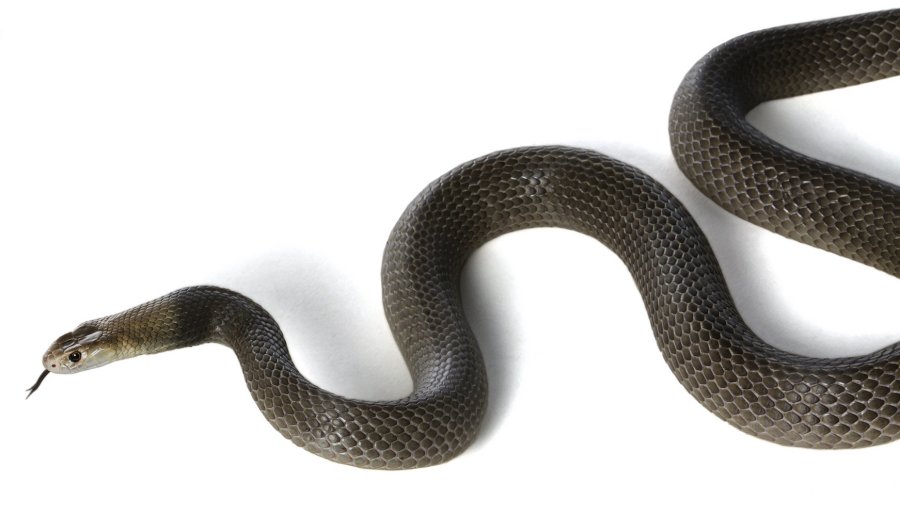
|
|
|
| BLEEDING CRABS |
|
Honestly not a pun but a real activity. Globally around half a million horseshoe crabs are bled every year. The hinged carapace is bent forward and a stainless-steel needle inserted to milk the valuable blue blood. Why? Well the horseshoe blood is extremally sensitive to the toxins in bacteria, it clots in their presence. With a little bit of processing the blood is used in the biomedical testing of any product that enters the human body from drips to implants. The testing for purity from bacterial toxins is mandatory, so crab blood saves our lives, and is therefore a valuable product. Horseshoe crab blood sells for around AU$20,000 a litre.
Many crabs apparently die after or during the bleeding procedure, but most are then returned to the ocean. The American species, called the Atlantic horseshoe crab Limulus polyphemus is a large creature measuring up to 60cm long including the tail. The body is the size of a dinner plate and despite their name they are more closely related to scorpions and spiders.
|
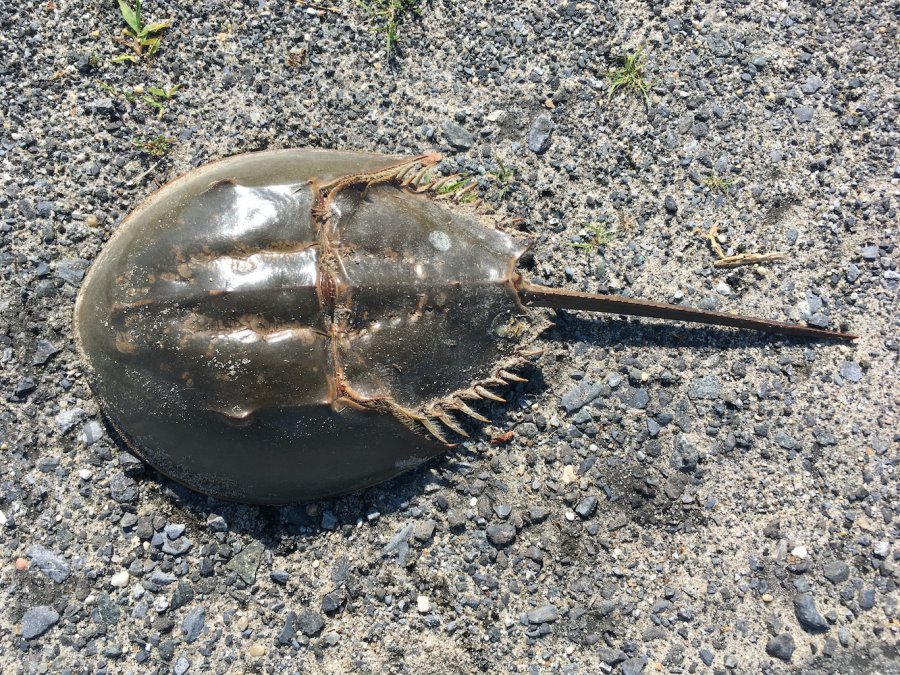
|
|
|
| TREE SEEDING DOGS |
|
A great story from Chile, a South American country also devastated by intense bush fires early this year. The El Maule region of central Chile was one part of the massive 457,000 hectares lost in the conflagration.
Summer, Olivia and Das are three Border collies working hard to re-seed a devastated forest landscape. The whole project is conducted by local dog trainer sisters Constanza and Francisca Torres. Their simple but effective idea was to have the dogs carry backpacks that are full of holes. Simply filling the packs with native seeds and letting the dogs run free they can scatter 10kilos of seed in quite challenging landscape, running over 30 kilometres a day.
I bet they love their work; every photo is of a happy dog.
|

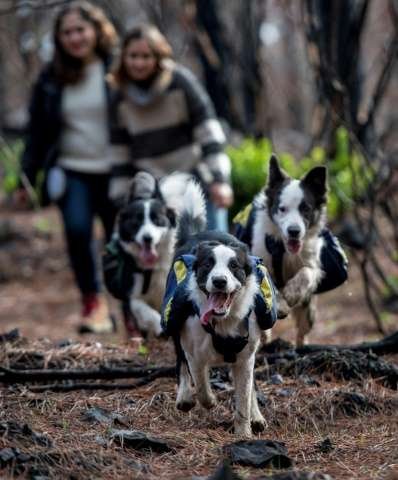
|
|
|
| GIANT FROG |
|
Pity the poor old giant frog Telmatobius culeus from Lake Titicaca in South America. It is not an attractive amphibian – its baggy skins help it absorb oxygen from the chilly lake and river system where it spends its entire life in the water, mostly submerged. Its legs may be eaten roasted, it can be liquidised in a blender along with carrots and honey (to sweeten the deal!) into a cure all smoothie called frog juice, an unusual but popular drink. Because it has baggy scrotum like skin it is also considered an aphrodisiac by many around its home in Lake Titicaca, which is high up in the Andes Mountains between Bolivia and Peru.
In recent years despite legal protection it is in serious decline. Various mass deaths have been reported over the years, especially after heavy rains when it is assumed toxins from mining and agricultural chemicals wash into the waters.
However, fortunately several conservation initiatives have now been launched including a local education programme to protect it. Captive breeding programmes that started at Huachipa Zoo in Lima Peru are now also around the world at Denver Zoo in the US, Prague Zoo in Czech Republic and Chester Zoo in the UK.
Let’s hope the ugly, giant baggy frog bounces back.
|

|
|
|
| SNAKE AVOIDANCE TRAINING FOR DOGS - BOOK NOW |
|
Our spring 2020 schedule is up and running. See the dedicated website www.snakeavoidance.com.au for up to date information. Don’t leave it too late. Once a date and location is fully booked that’s it, no spaces may be left for your preferred appointment.
|
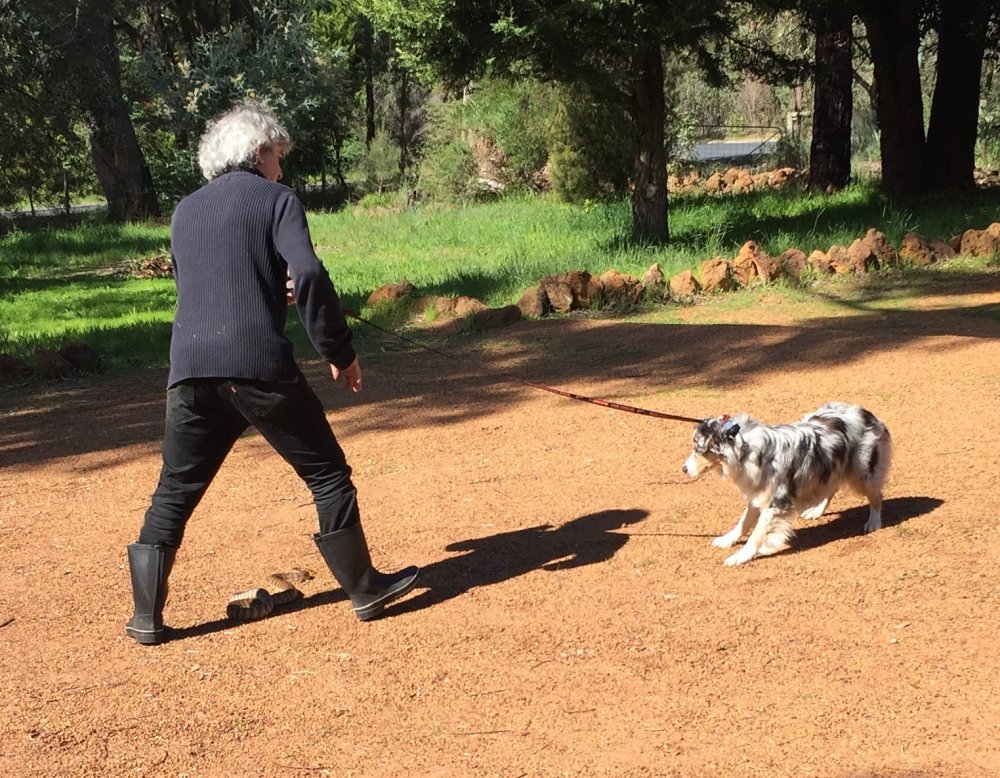
|
|
|
CONSERVATIONIST FEATURE No 11
Romulus Whitaker 1943 – |
|
Romulus Whitaker is American born, but an Indian citizen and a prominent herpetologist in his adopted homeland. He has jokingly referred to himself as a “rabid hippie conservationist”. He founded and/or co-founded a group of reptile conservation organisations in India. Romulus has been hyper influential in protecting native reptile species and helping ordinary Indians to understand and appreciate reptiles more. He cares as much for people as the reptiles themselves. I imagine that by realising that the fates of both are interconnected especially in areas where agricultural practice bring many Indians into daily contact with potentially venomous snakes or predatory crocodile. India has a staggeringly high incidence of snake bite with many thousands of deaths annually, compared for example to the Australian average of 2 deaths a year. Romulus does much to educate, inspire and inform those around him.
Reptiles are almost universally loathed, misunderstood and destroyed in equal measure. His organisations try teaching people respect for them and teach about first aid for snake bite and how to live alongside snakes safely. He has also helped to protect considerable areas of native habitat for reptiles. Chennai Snake Park in Tamil Nadu in Southern India is probably his major success both protecting and breeding vulnerable reptile species such as the fish-eating crocodile called the gharial Gavialis gangeticus.
Romulus is a filmmaker and author; amongst other achievements he has been awarded an:
Emmy in 1996 for a National Geographic documentary King Cobra
Rolex Award for Enterprise in 2008 for establishing two field research stations in southern Indian rainforests and the Andaman Islands
And in 2018 Padma Shri the fourth highest civilian award in India for services to wildlife conservation.
I hope that when our ‘viral’ world is safe and overseas travel an option to visit his snake park and maybe the Agumbe Rainforest Research Centre in the forest of the Western Ghats in southern India. I would also really love to work with and see in the wild the iconic king cobra, the world’s largest venomous snake. Occasionally Romulus’s team have king cobra workshops, so a dual dream may be meet Romulus, a king of conservation, and also a king cobra.
Long may he prosper.
|
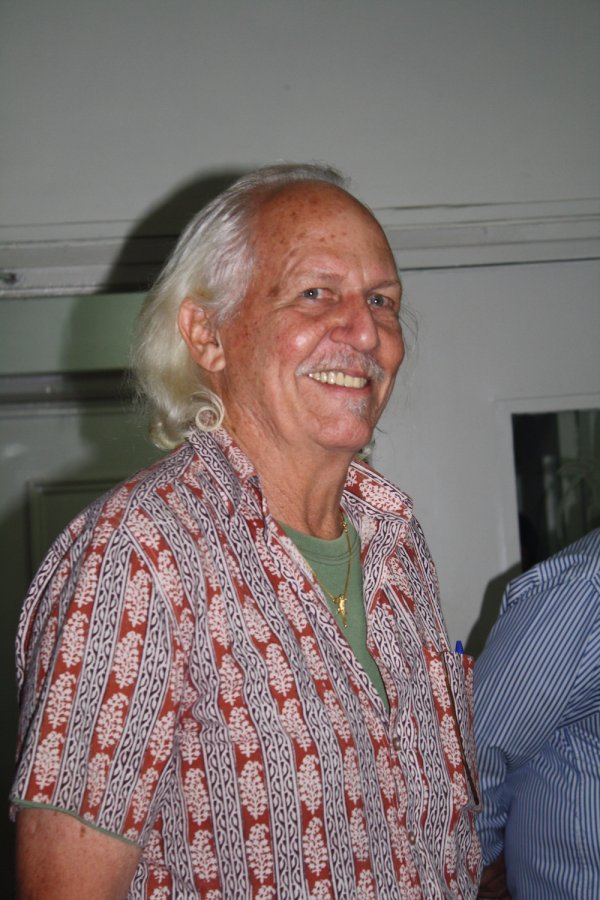
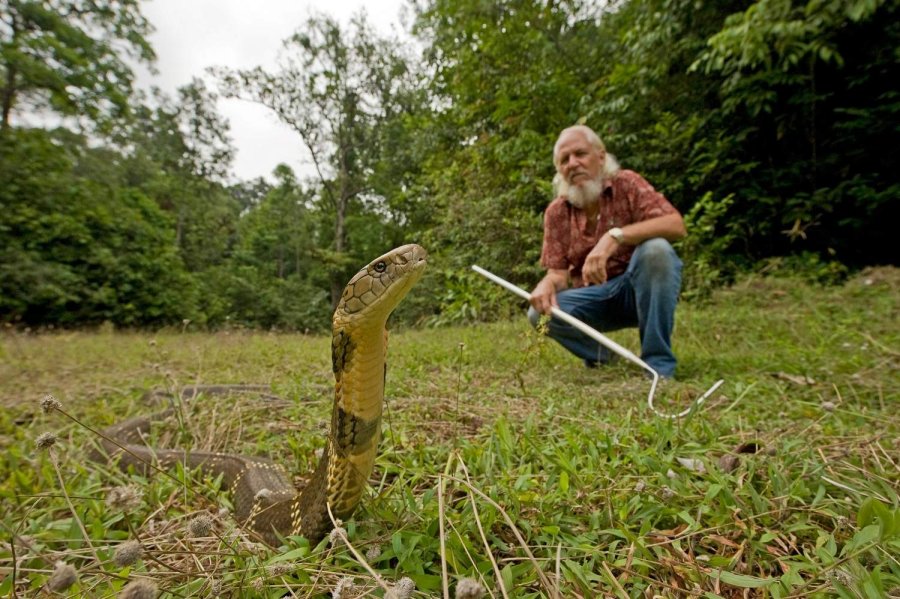
|
|
|
| SPECIAL OFFER |
|
Our popular SOLO SNAKE HANDLER KIT is available for the amazing discounted price of $425 inc GST (usually $555 inc GST).
and our TEAM SNAKE HANDLER KIT at a discounted price of $620 inc GST (usually $699 inc GST).
|
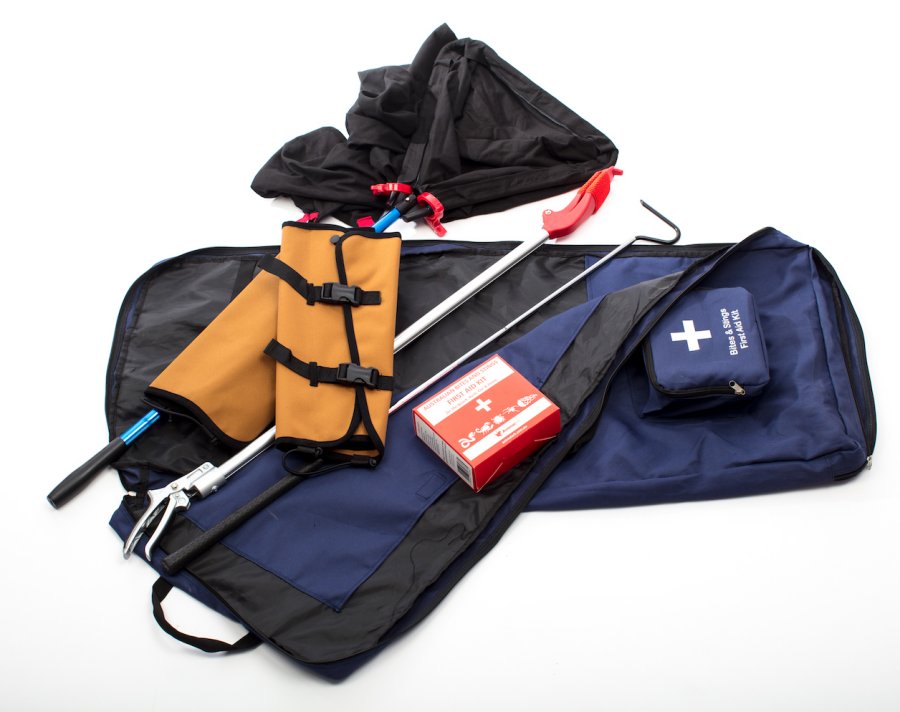
|
|
Snake catching bag and frame.
Special offer price $120 (usually $165)
|
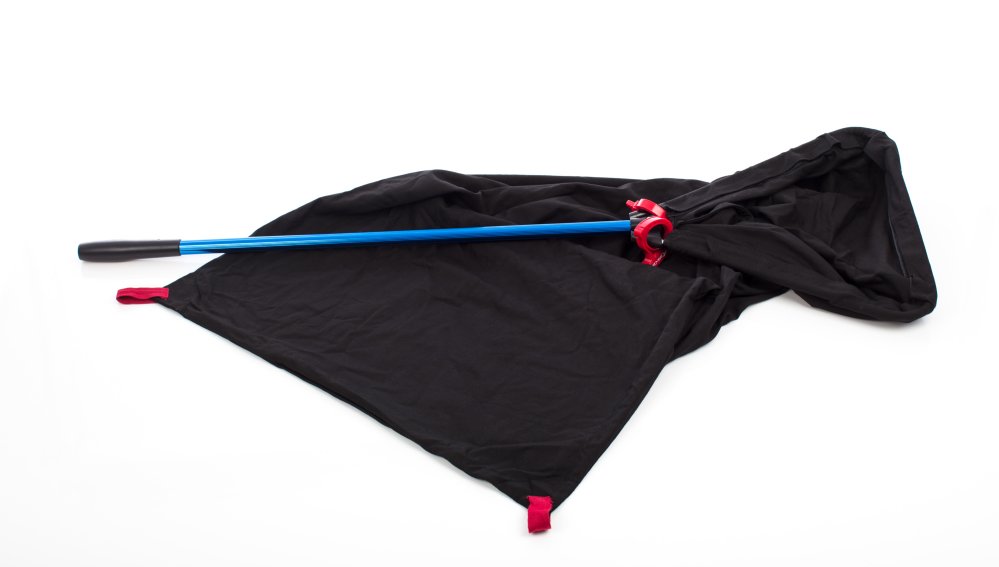
|
|
2 x SNAKE HOOKS
(one of each hook size, regular and medium)
Only $132 (usually $165).
Also, EXTRA Lge hook – large pythons and really big snakes. $95
|
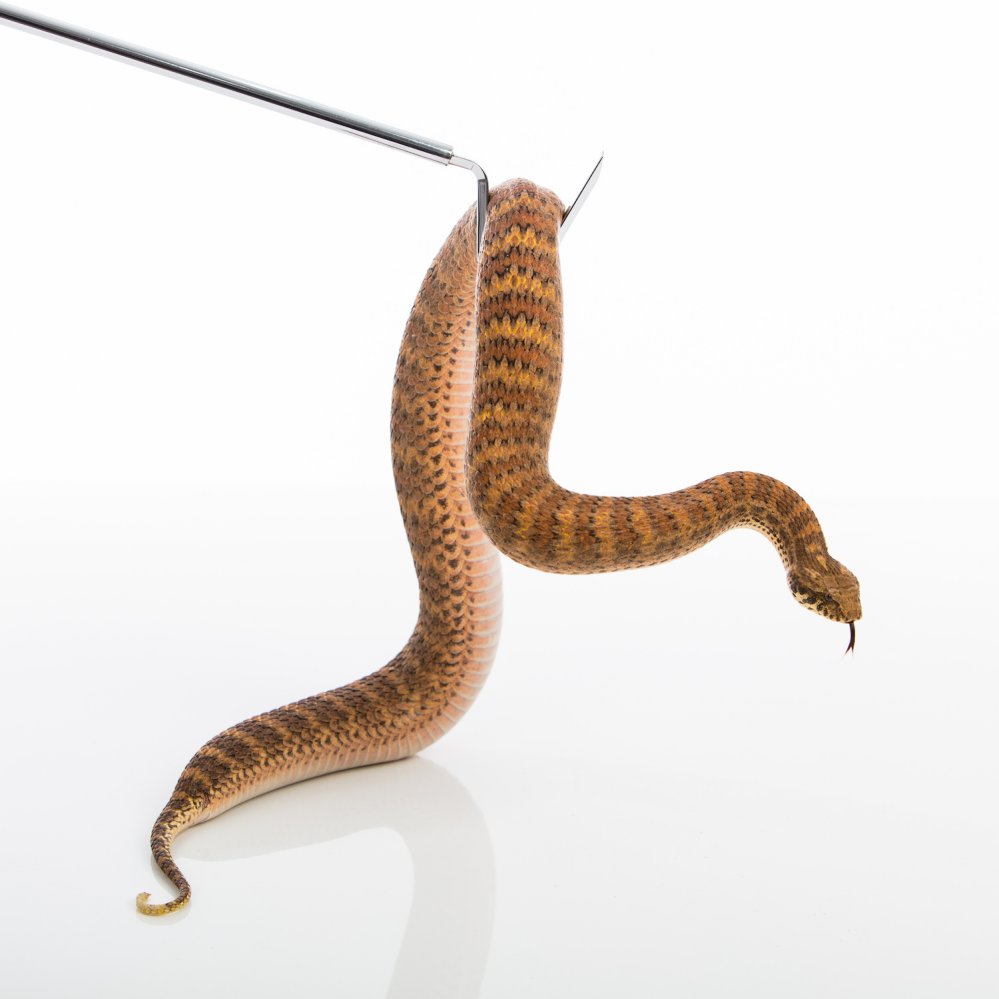
|
|
All include GST and shipping Australia wide. Phone or email orders only.
Offers ends 30 September 2020
Call 08 9243 3044, email shop@animalark.com.au to order.
|
|
|
| Animal in Focus: KOALA |
|
Quintessentially Aussie – the koala is a much loved arboreal, herbivorous marsupial. They are found along the more forested eastern and southern coastal parts of Australia. New South Wales, Queensland, Victoria and South Australia all have populations of this attractive creature. Victorian koalas are the largest and heaviest of the recognised races or subspecies. However, recent DNA studies indicate no clear boundaries or justification for the supposed sub species. Koalas appear to be much the same creature across their range, just appear differently according to their localised needs, for example heavier and thicker fur in colder areas.
Once, around 10,000 years ago, they also occurred in the south west of Western Australia but climate change and hunting probably decimated these populations. Apart from the kangaroo I doubt any other Australian animal is as well-known globally as the koala bear. Not a bear at all of course, it’s closest relatives are actually the wombats.
Cute but dumb! Koala vision is poor and their brain in relation to body weight being one of the smallest of any mammal – the small brain may be an adaptation to their incredibly limited and nutritionally poor diet that yields insufficient energy to sustain a larger brain. The diet is almost exclusively eucalypt leaves, preferring about 30 of the 600 species available to them. Koalas can live in a range of habitats but prefer open woodland closer to rivers that no doubt offer cooler temperatures and access to water in times of drought.
Koalas can breed from around 3 years of age. Females mostly breed every second year, but with optimum conditions a joey every year may be produced. Only 35 days after conception the tiny bean sized joey, hairless, without ears and blind climbs towards and into the pouch. It will remain there for around 7 months growing steadily. At about the 22-week stage along with milk it is fed a specialized faecal matter called pap. Pap contains microorganisms that eventually enable the joey to feed on and digest the eucalyptus leaves on which it will then feed for the rest of its life. Lifespan varies dramatically. Males, due to fighting and wandering, have rather short lives around 2-3 years but some koalas, especially females in good habitats, can live for 10 or more years.
|
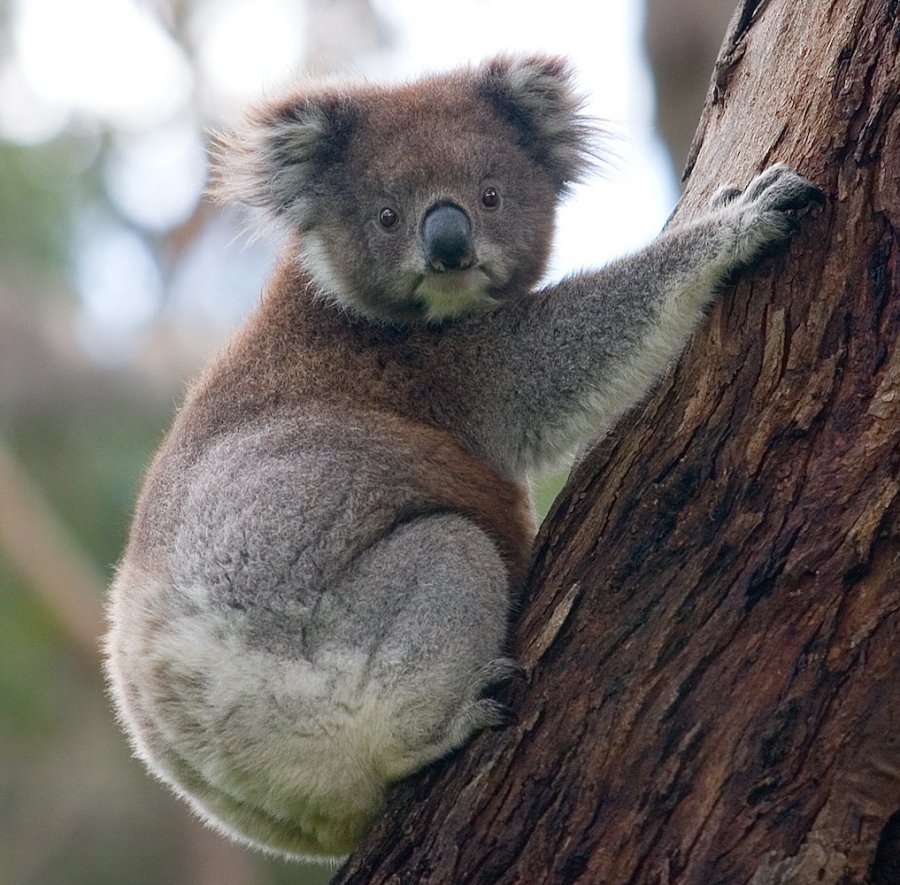
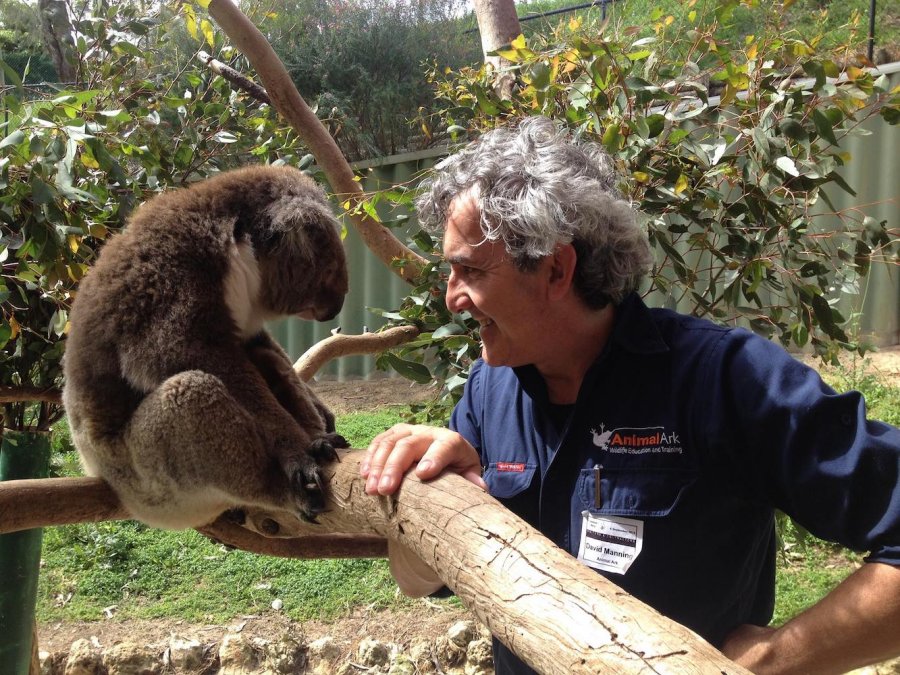
|
|
|
| Upcoming Courses and Events |
Snake Avoidance Training for Dogs
Saturday 29 August – Mahogany Creek, Perth Hills
Wednesday 2 September – New Era Vets, Oakford
Saturday 5 September – Oakford - FULLY BOOKED
Sunday 6 September – North Beach - FULLY BOOKED
Wednesday 9 September – Nannup
Thursday 10 September - Nannup
Friday 11 September - Bunbury
Saturday 12 September - Bunbury
Sunday 13 September - Bunbury
Monday 14 September - Bunbury
Saturday 19 September – Mahogany Creek, Perth Hills
Sunday 20 September – Toodyay area
Tuesday 22 September – Donnybrook area - FULLY BOOKED
Saturday 26 September – North Beach
Sunday 27 September – Yanchep area
Tuesday 29 September – Donnybrook area
Saturday 3 October – Rockingham area
Sunday 4 October – Mandurah area
Tuesday 6 October – North Beach
Thursday 8 October – Mahogany Creek, Perth Hills
Saturday 10 October – Margaret River area
Sunday 11 October – Margaret River area
Monday 12 October – Margaret River area
Friday 16 October - Bunbury
Saturday 17 October - Bunbury
Sunday 18 October- Bunbury
Monday 19 October – Bunbury
Saturday 24 October – Albany
Sunday 25 October – Albany
Friday 30 October - Nannup
Saturday 31 October – Nannup
Saturday 7 November - Mahogany Creek, Perth Hills
Tuesday 10 November – Donnybrook area
Saturday 14 November – Margaret River
Sunday 15 November – Margaret River
Venomous Snake Handling Course
Licensed by DBCA Parks and Wildlife Service
Friday 28 August - Mahogany Creek, Perth Hills – FULLY BOOKED
Monday 7 September - Mahogany Creek, Perth Hills
Friday 18 September - Mahogany Creek, Perth Hills
Friday 25 September - Mahogany Creek, Perth Hills
Wednesday 14 October - Mahogany Creek, Perth Hills
Tuesday 27 October - Mahogany Creek, Perth Hills
Wednesday 4 November - Mahogany Creek, Perth Hills
Thursday 19 November - Mahogany Creek, Perth Hills
Wednesday 2 December - Mahogany Creek, Perth Hills
Fauna Handling Course
Thursday 17 September - Mahogany Creek, Perth Hills
Wednesday 18 November - Mahogany Creek, Perth Hills
Public Events
None currently scheduled.
For Snake and Fauna Handler training, events and schools, please see our diary at www.animalark.com.au/diary-of-events.
For Snake Avoidance Training for Dogs see our diary at www.snakeavoidance.com.au/dates-and-locations
Dates subject to change – best to check the websites.
Call (08) 9243 3044, SMS 0466 688 188 or email David and Jenny at info@animalark.com.au to book.
Courses held monthly and as required plus on-site and remote site training available.
|
|


|
|















